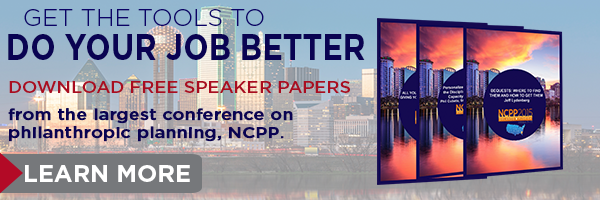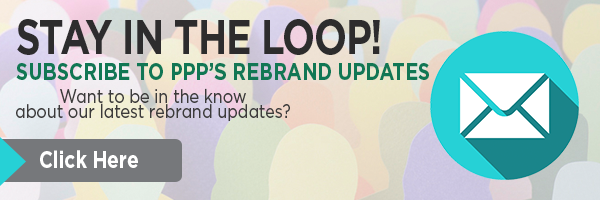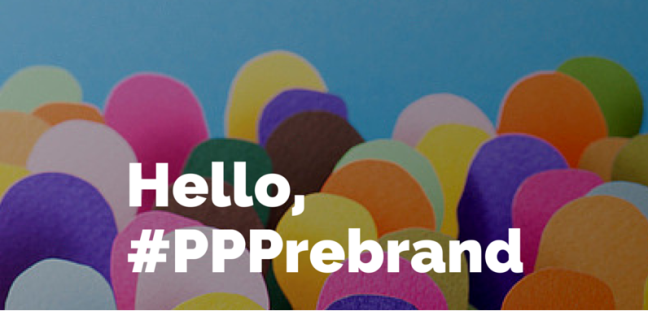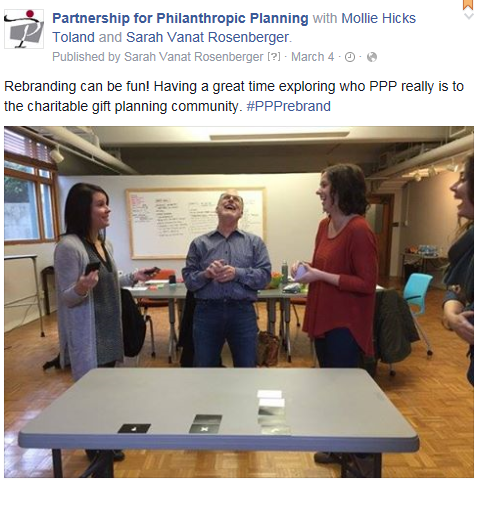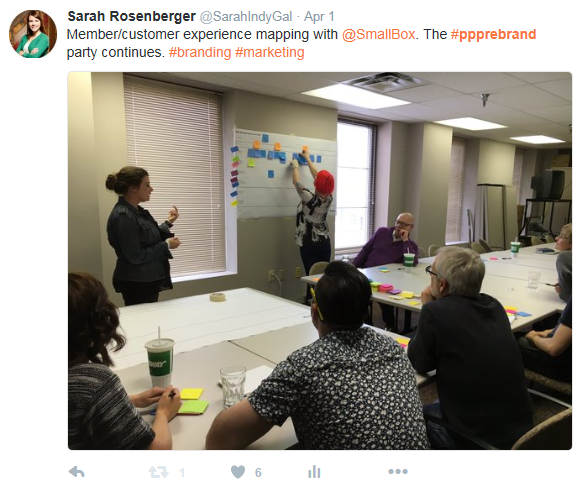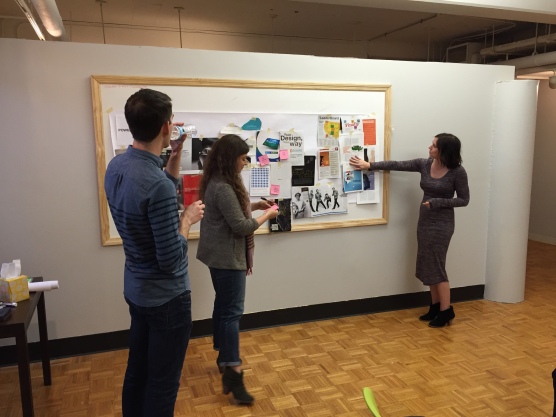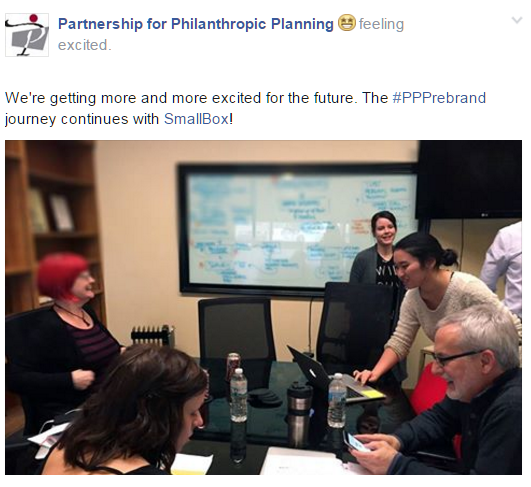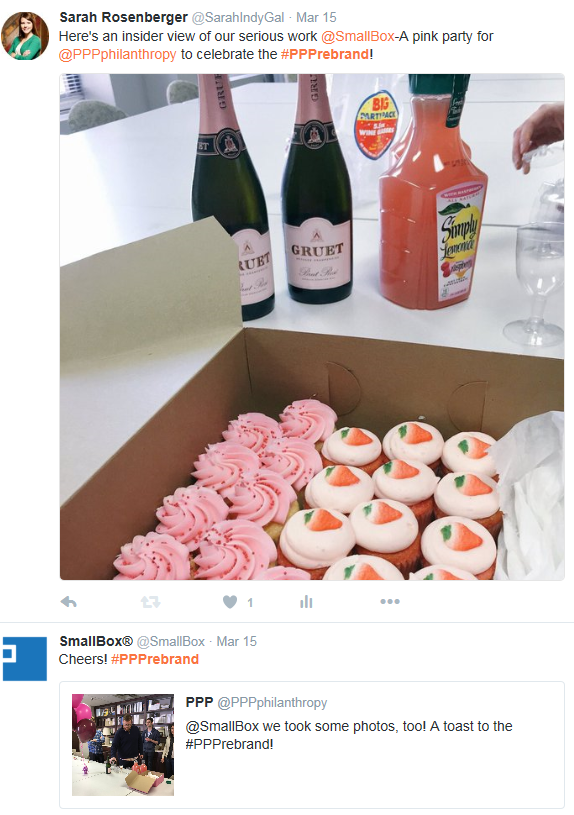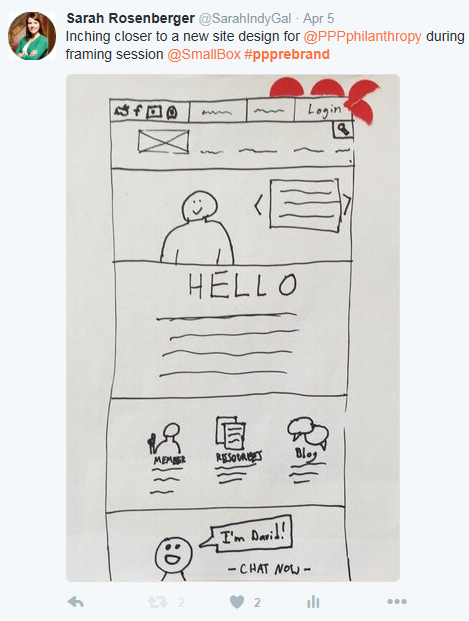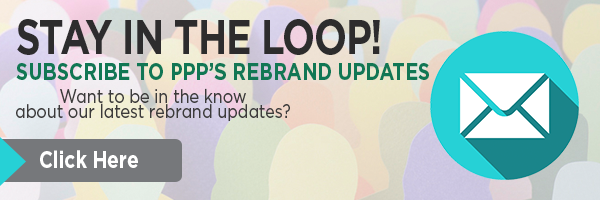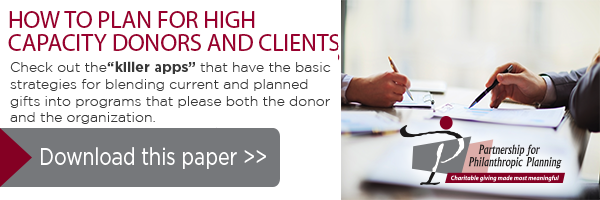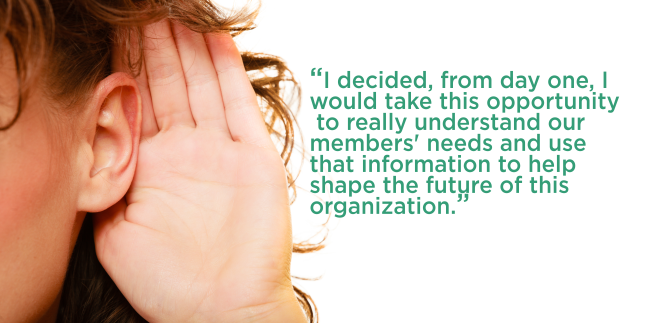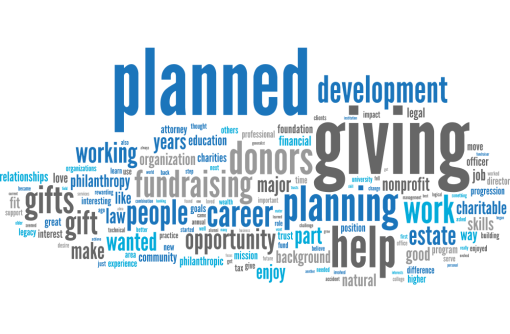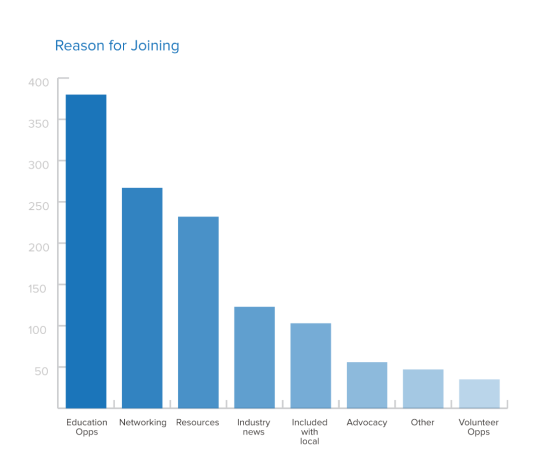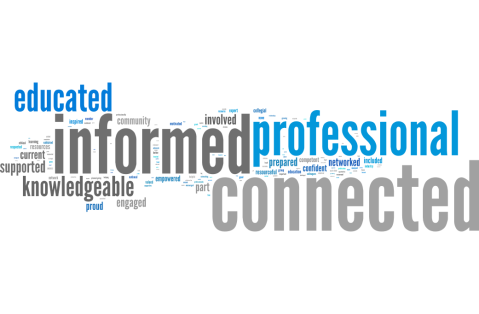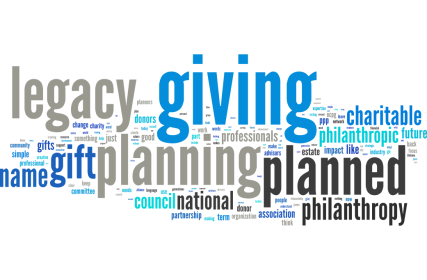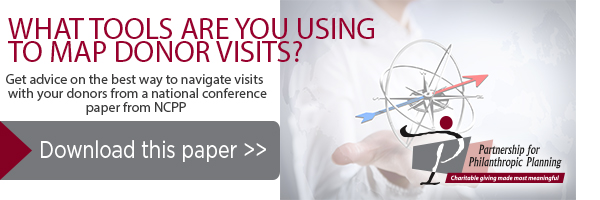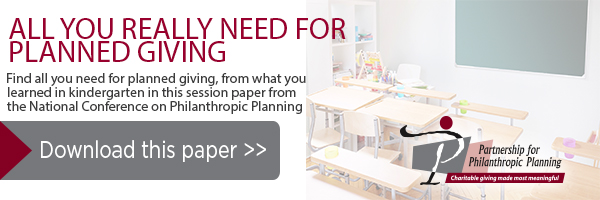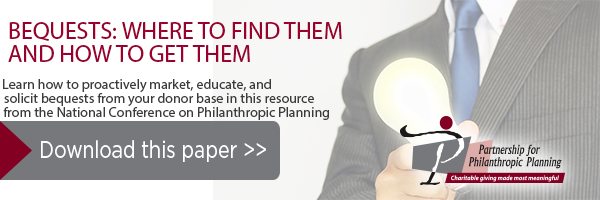The most recent Nonprofit Research Collaborative report suggests overall health and a largely positive outlook for planned giving activities and income. The report of fundraising results through the end of 2015 also looks back through data collected since 2005. In 2015, 58% of 760 responding organizations reported increased planned gift receipts, the highest in the decade of trends being surveyed. From 2014 to 2015, 45% of organizations report that planned giving receipts increased when overall charitable receipts increased. By contrast among organizations that had a decline in total receipts, just 35% saw increases in planned giving receipts.
The report also gave insight into planned gift trends that emerged during the recent recession. Realized planned gifts declined during recession years, roughly 2008 to 2011. During that time, the NRC finds that approximately half of the responding nonprofits disclosed receiving the same amount in realized planned gifts as the year before. In 2012, planned gift receipts began to increase, and that trend has continued to the present day. New planned gift commitments have also been trending upwards since 2012, and 59% of all responding groups reported increased commitments by the end of 2015.
Unique to this report is a special section detailing bequests to different types of organizations. More than 2/3 of organizations report raising money through bequests, but larger organizations are more likely to receive them. Specifically, organizations with $10 million or more were significantly more likely to report bequest income than their smaller counterparts. The report also highlights educational institutions as the most likely recipients of these gifts—78% received a bequest whereas only about one-third of other educational institutions did. In most other subsectors, between half to two-third of organization report receiving bequest income.
The relative size of bequests received across all groups ranged from roughly one thousand to greater than one million, but a full third of respondents report average sizes of gifts between $25,000 and $100,000. Among all organizations reporting total bequest receipts, the largest individual category (25%) received more than one million. Of those organizations with more than $10 million in total expenditures, a full 62% received bequests totaling greater than one million. The Partnership for Philanthropic Planning finds that many organizations base projections of future bequest receipts on the average number and value of bequests received in a year, perhaps averaging over several years. Bequests and other planned gifts are predicted to be increasingly important as members of the Boomer generation (born 1946 to 1964) begin to determine their legacies.
PPP is a partner in the Nonprofit Research Collaborative, and we take advantage of every opportunity to include questions about planned gift fundraising in the bi-annual NRC surveys. A new survey will open soon, and we encourage PPP members to take a few minutes to respond when they receive the invitation.
Looking for more resources?


